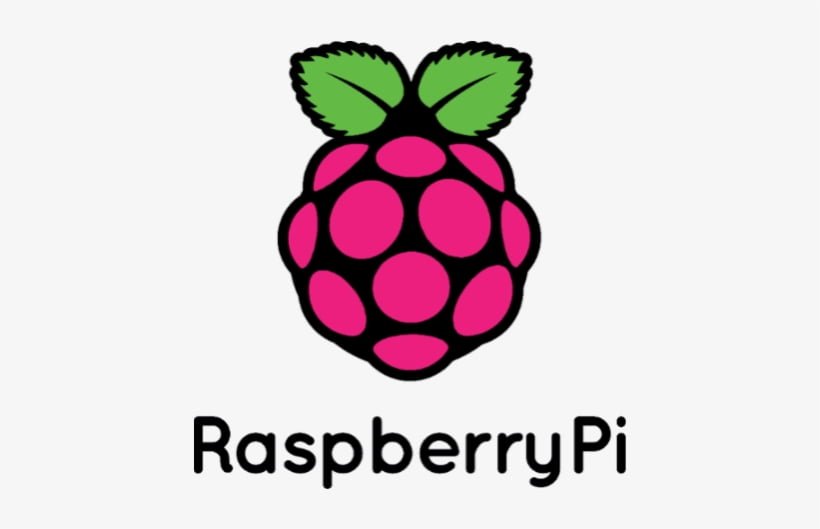
Unlocking Raspberry Pi's Potential
Welcome to the fascinating world of Raspberry Pi, where ingenious solutions open up new horizons. In this guide, we’ll explore the concept of creating virtual RAM (Random Access Memory) on your Pi, a clever technique to enhance performance and take your projects to the next level.
Why Virtual RAM Matters:
At its core, the Raspberry Pi is a versatile microcomputer, but its resources can be finite. By creating virtual RAM, you can extend the available memory, providing more space for applications, multitasking, and data processing. It’s like giving your Raspberry Pi an extra boost of computational power.
Understanding Virtual RAM:
Virtual RAM, often referred to as a “swap file,” is an area on your storage device (SD card or external drive) that is designated to act as additional memory when your physical RAM is fully utilized. This extra memory allows you to run larger applications and handle more data without slowing down your system.
The Benefits of Virtual RAM:
- Improved Performance: Virtual RAM prevents memory-related slowdowns, ensuring your Raspberry Pi can handle resource-intensive tasks with ease.
- Multitasking: Run multiple applications simultaneously without compromising performance.
- Expanded Capabilities: Tackle larger projects and data processing tasks that would otherwise be limited by physical memory.
Creating Virtual RAM:
We’ll guide you through the process of creating virtual RAM on your Raspberry Pi, including choosing the right size, configuring the swap file, and optimizing its usage for your specific needs.
Step 1: Determine the Size of the Swap File:
Before creating virtual RAM, decide on the size of the swap file you want to allocate. The ideal size depends on your Raspberry Pi’s available storage space and the intensity of the tasks you plan to perform. A common size for the swap file is 1GB or more.
Step 2: Create the Swap File:
Open a terminal on your Raspberry Pi.
Use the
ddcommand to create a swap file with the desired size. Replace/path/to/swapfilewith the location where you want to create the swap file, and adjust the size as needed. For example, to create a 1GB swap file:
sudo dd if=/dev/zero of=/path/to/swapfile bs=1M count=1024
- Set the correct permissions on the swap file to make it accessible only by the root user:
sudo chmod 600 /path/to/swapfile
- Format the file as a swap file:
sudo mkswap /path/to/swapfile
Step 3: Enable the Swap File:
- Activate the swap file:
sudo swapon /path/to/swapfile
- Make the swap file available at boot, add an entry for it in the
/etc/fstabfile:
echo '/path/to/swapfile none swap sw 0 0' | sudo tee -a /etc/fstab
Step 4: Verify Swap File Usage:
You can check if the swap file is being used by using the free or swapon command:
To display swap space usage:
swapon --show
- To check both physical and swap memory:
free -h
That’s it! You’ve successfully created virtual RAM (swap space) on your Raspberry Pi. This additional memory can help improve performance and allow you to run memory-intensive tasks with more ease. Keep in mind that the size of the swap file, as well as its usage, should be monitored to ensure it aligns with your Raspberry Pi’s requirements. Adjust the swap file size as needed based on your usage patterns.
Conclusion
With the creation of virtual RAM, you’ve just supercharged your Raspberry Pi and embarked on a journey to unlock its full potential. The addition of this extra memory provides a valuable resource, ready to lend a helping hand when your physical RAM is pushed to its limits.
From improved performance and efficient multitasking to the capacity to tackle larger projects and manage substantial datasets, the benefits of virtual RAM are undeniable. Your Raspberry Pi has become a more versatile and capable tool, ready to handle resource-intensive tasks with ease.
That’s All Folks!
You can explore more of our Raspberry Pi guides here: Raspberry Pi for Beginners
Unlock the Possibilities
We have put together a list of some great Raspberry Pi products and deals: Shop Raspberry Pi Goodies Now!

